Monks and locals participate in the water festival in Savannakhet (Laos).
In Thailand, the Songkran festival is the most important traditional event to welcome the new year, much like Tet Nguyen Dan (Lunar New Year) in Vietnam, usually taking place from April 13th to 15th. Thais prepare for Songkran as busily as Vietnamese people prepare for Tet. They focus on cleaning and decorating their homes, shopping for supplies, and cooking delicious traditional dishes. On the main day of the festival (April 14th), each family reunites and exchanges best wishes, then goes to the temple together to perform sacred Buddhist rituals such as bathing the Buddha with fragrant water, showing respect to the monks and praying for good fortune. The following day, Thais visit relatives, sprinkling fragrant water on their grandparents and elders, expressing love and respect according to the family hierarchy.
The ceremonial part is one thing, but the festive part is even more vibrant. Locals pour into the streets, and tourists eagerly join in the lively water-splashing atmosphere at every street corner. With the belief that water washes away weariness and worries, wards off evil spirits, and brings vitality and good fortune, Thais splash water on each other to wish each other well and on tourists to strengthen friendships. They believe that the more water you get splashed with, the more good things you will receive. Major cities like Bangkok, Phuket, Pattaya, Hua Hin, and especially Chiang Mai all have bustling entertainment activities, combined with street music festivals, mobile dancers, and beauty pageants during Songkran, and even elephants participating in the unique Thai water-spraying displays.
Monks in Savannakhet (Laos) during the Bunpimay festival.
Also around mid-April, Laos celebrates Bunpimay, a more peaceful festival but one that leaves an equally impressive cultural mark. During the three days of the festival, Laotian people gather at Buddhist temples to perform solemn rituals such as bathing the Buddha and carrying water. They wear traditional clothing adorned with yellow cassia and Champa flowers, signifying the honoring of the color yellow – the color of the robes of Theravada Buddhism. This yellow also symbolizes the local people's wish for good fortune at the beginning of the year. They organize boat races and water-splashing games during Bunpimay, including splashing water on trees, houses, religious objects, livestock, and tools to cleanse away bad luck and pray for a healthier and more prosperous new year. The capital Vientiane, the former capital Luang Prabang, and the city of Vangvieng in the land of a million elephants become most vibrant during these April days.
Cambodia also captivates tourists with its unique water festival, Chol Chnam Thmey ("Chol" means "Enter," "Chnam Thmey" means "New Year"), showcasing the rich spiritual values of the people of the land of temples. They hold street festivals where people splash water on each other as a way of wishing each other good luck and harmony. Furthermore, Cambodia skillfully organizes special activities such as rice offerings, sand stupa construction ceremonies, and the graceful Apsara dance performances, promoting its UNESCO-recognized Intangible Cultural Heritage. Beyond that, street food festivals showcasing traditional Khmer dishes like stir-fried beef with ants, crab with tamarind sauce, and red curry further enhance the appeal of this traditional New Year. In Vietnam, the Khmer community also enthusiastically celebrates the New Year according to this traditional calendar.
The people of Myanmar have many traditional activities during the Thingyan festival.
And finally, we cannot fail to mention Myanmar's Thingyan water festival, with its epic origin story. The story tells of Indra and Brahma arguing about astrology, with the loser losing their head. Indra won, but he couldn't throw Brahma's head into the sea for fear of drying up, nor could he throw it to the ground for fear of the earth cracking. So he entrusted it to the Nats (protective deities of Myanmar) to carry in turns. Therefore, during the traditional New Year, Brahma's head is passed from one Nat to another, a time when the people of Myanmar entrust their wishes for peace and happiness to the gods. Through the water festival, folk beliefs combined with fun activities regardless of age or gender further strengthen the warm bonds between the locals and tourists . Another noteworthy point about Myanmar is that the hot air balloon festival in the ancient city of Bagan usually ends around mid-April. Tourists can combine celebrating Thingyan with a visit to Bagan to witness the sunrises filled with hot air balloons soaring over thousands of ancient temples and pagodas, creating a serene, fairytale-like atmosphere.
No matter where they are or what they're called, the distinctly Asian New Year celebrations in Thailand, Laos, Cambodia, or Myanmar all carry a profound humanistic philosophy that is both captivating and vibrant.
Source: https://heritagevietnamairlines.com/tet-te-nuoc-buc-tranh-van-hoa-da-sac/



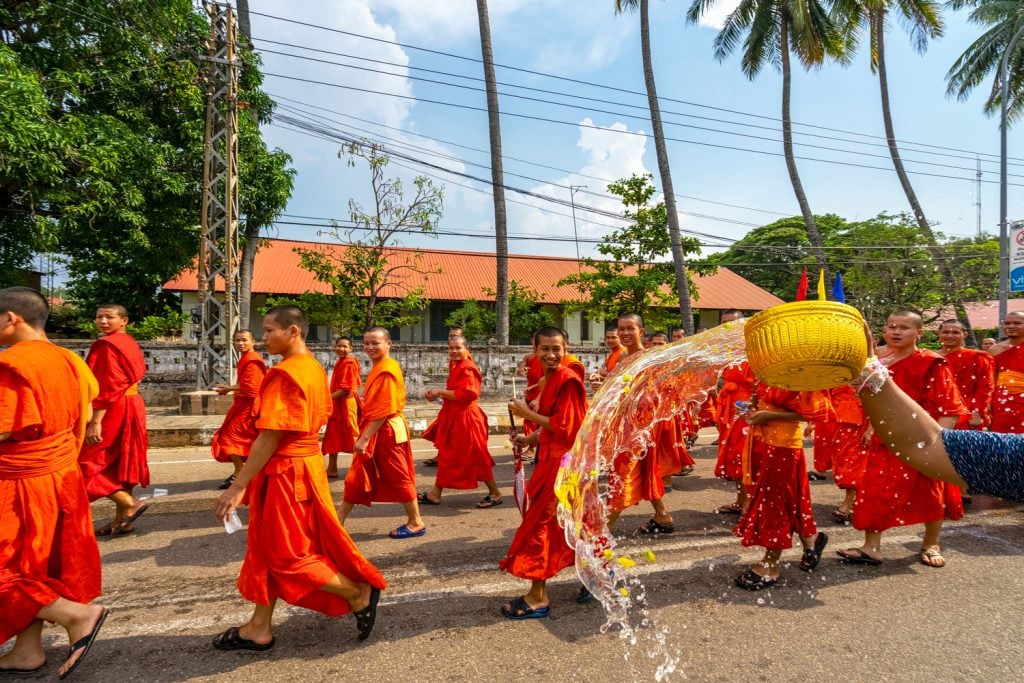
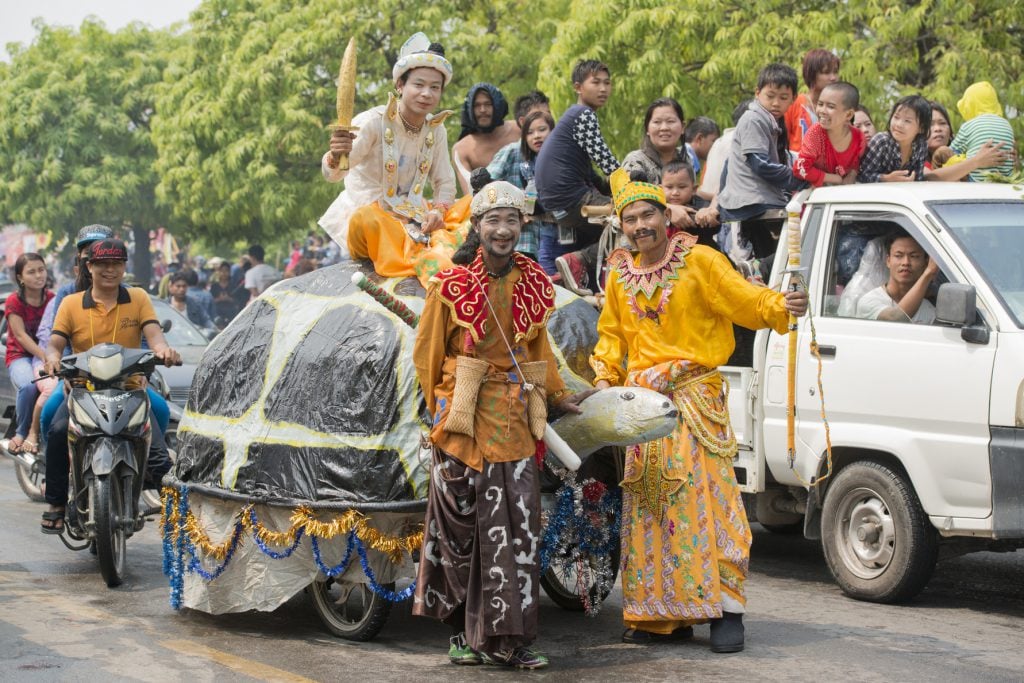


![[Image] Close-up of the newly discovered "sacred road" at My Son Sanctuary](/_next/image?url=https%3A%2F%2Fvphoto.vietnam.vn%2Fthumb%2F1200x675%2Fvietnam%2Fresource%2FIMAGE%2F2025%2F12%2F13%2F1765587881240_ndo_br_ms5-jpg.webp&w=3840&q=75)


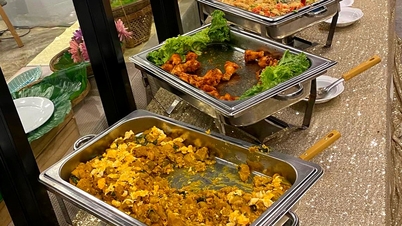


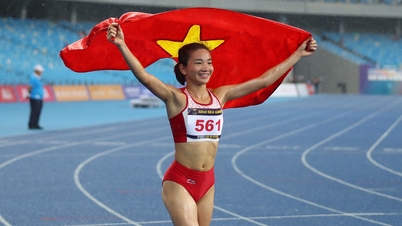

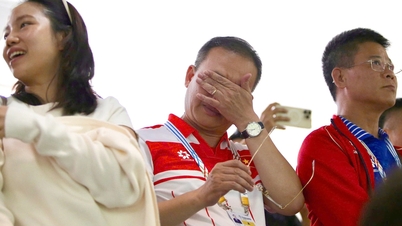

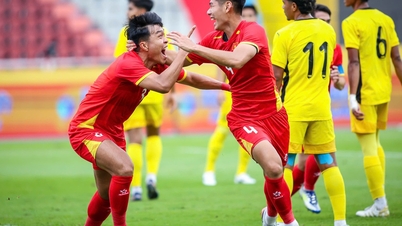


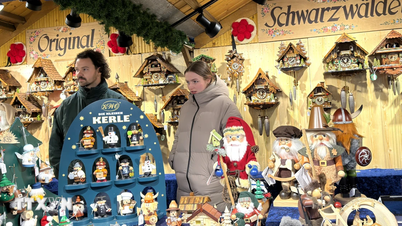



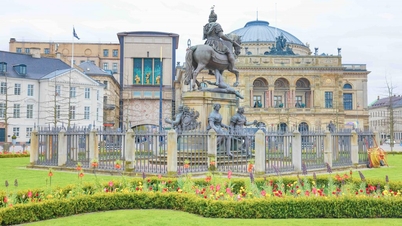
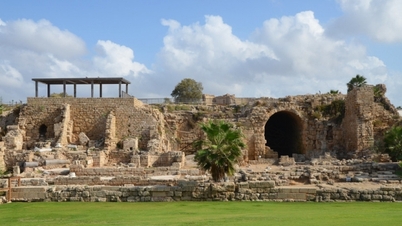



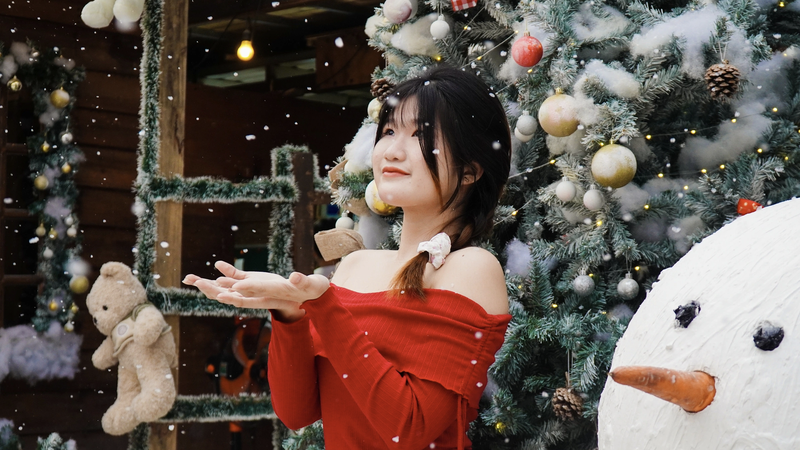
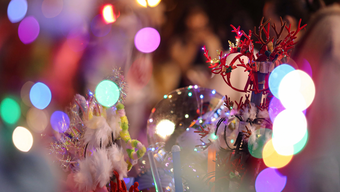
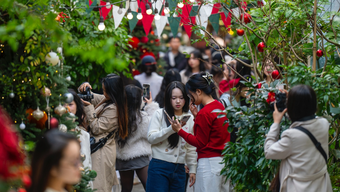

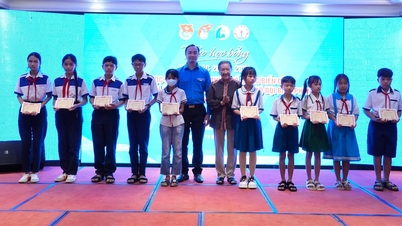
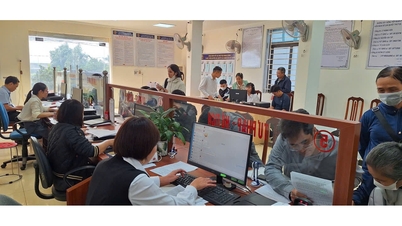
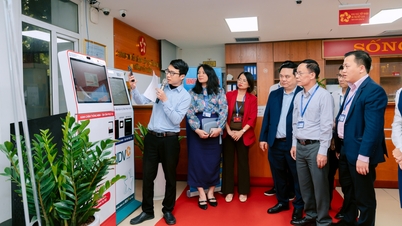

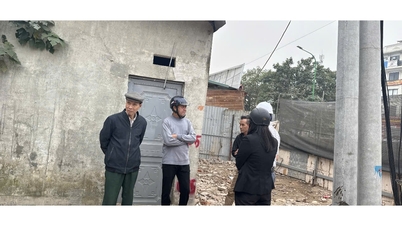






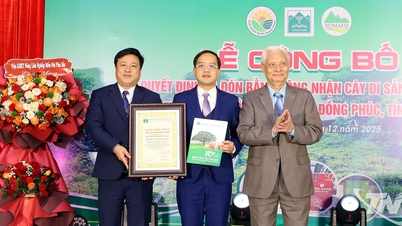




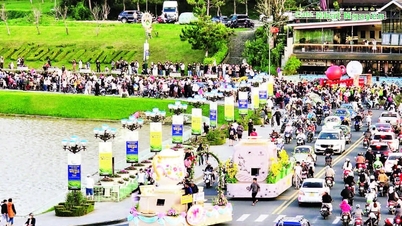










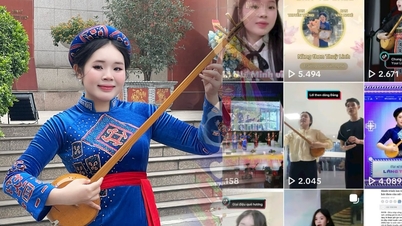

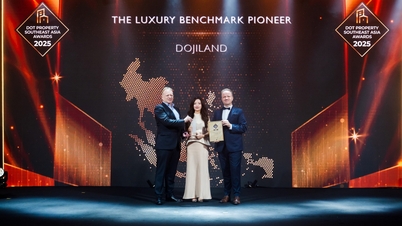
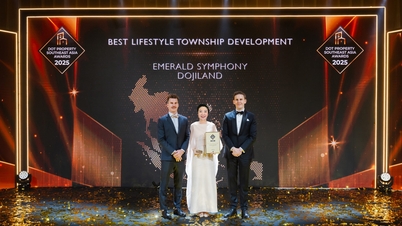
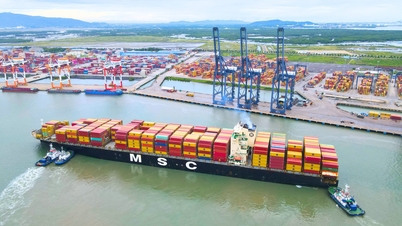




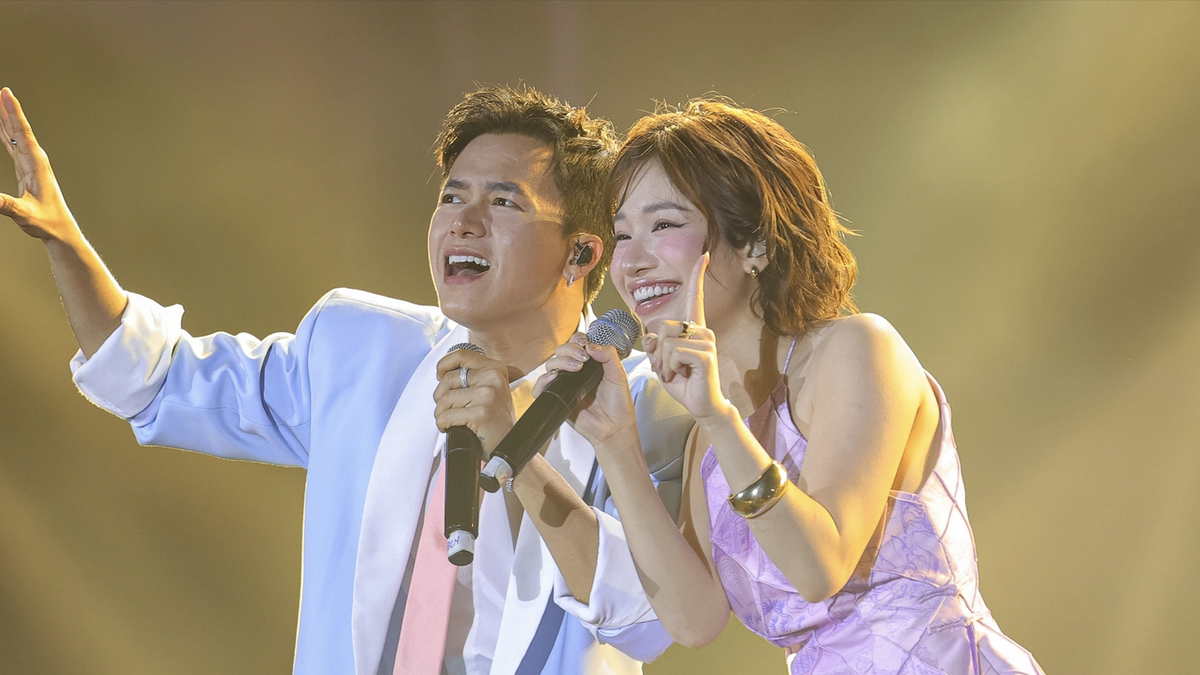
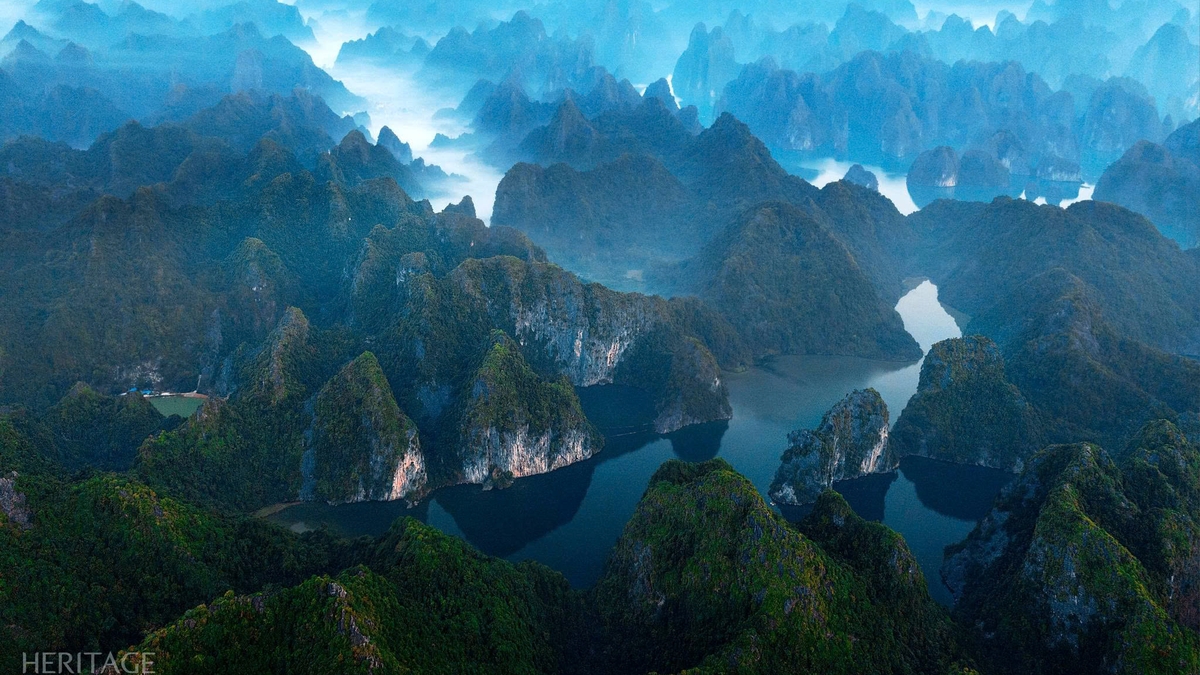
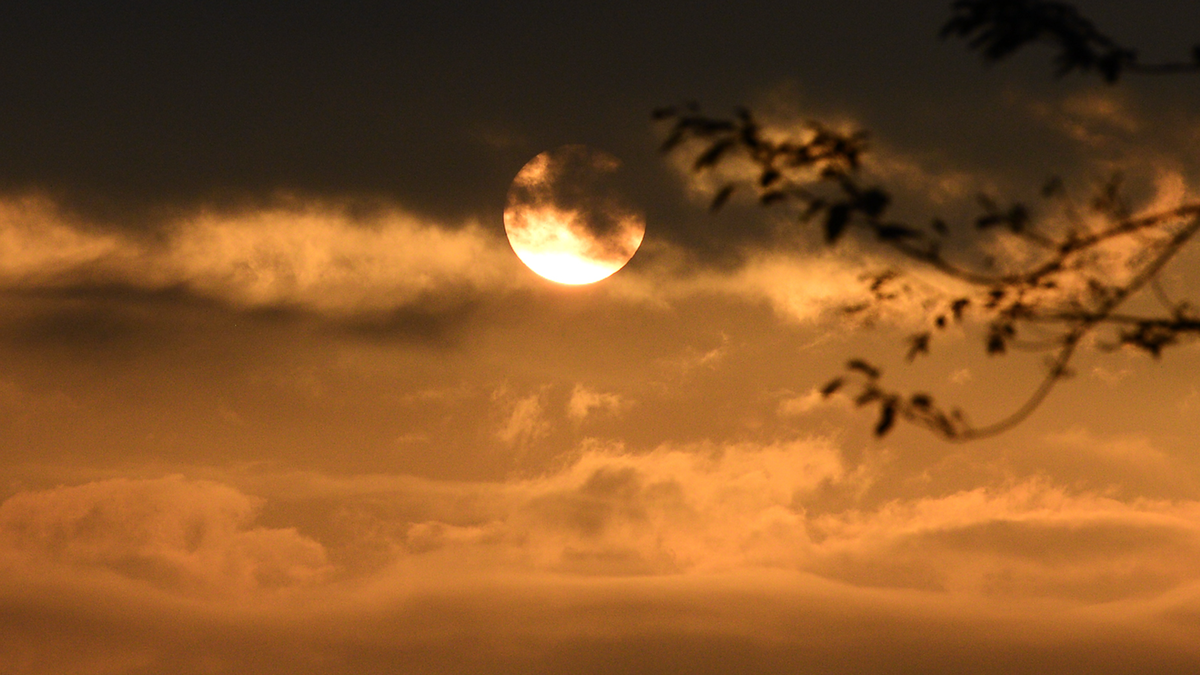
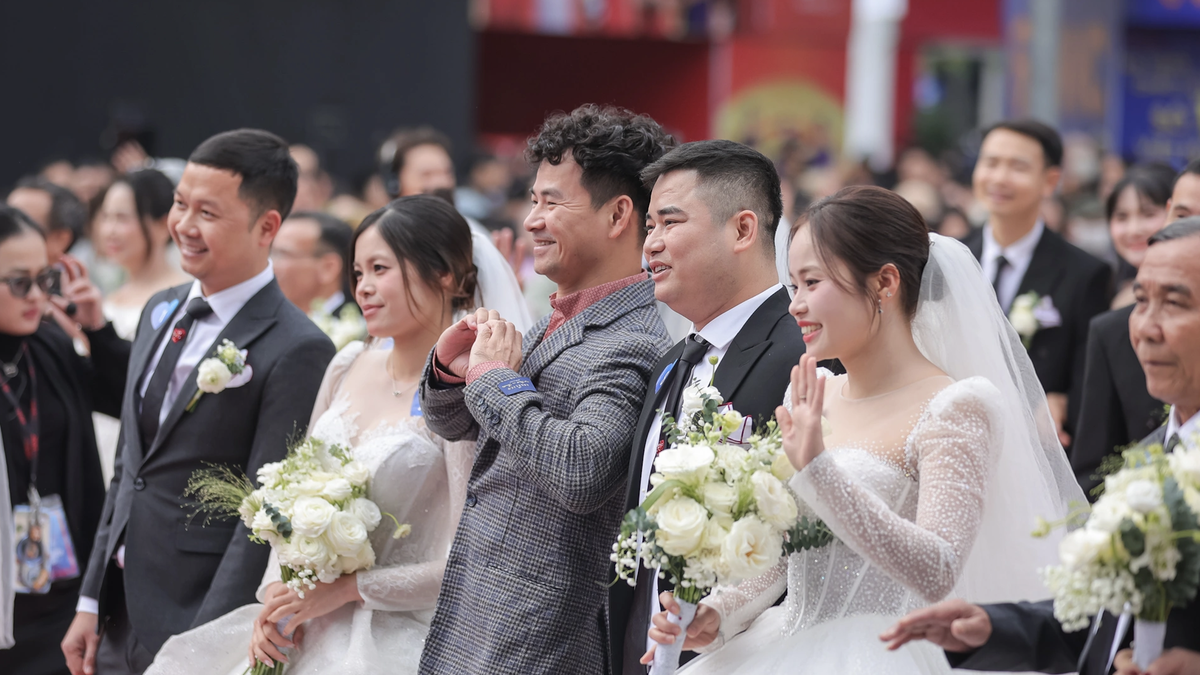
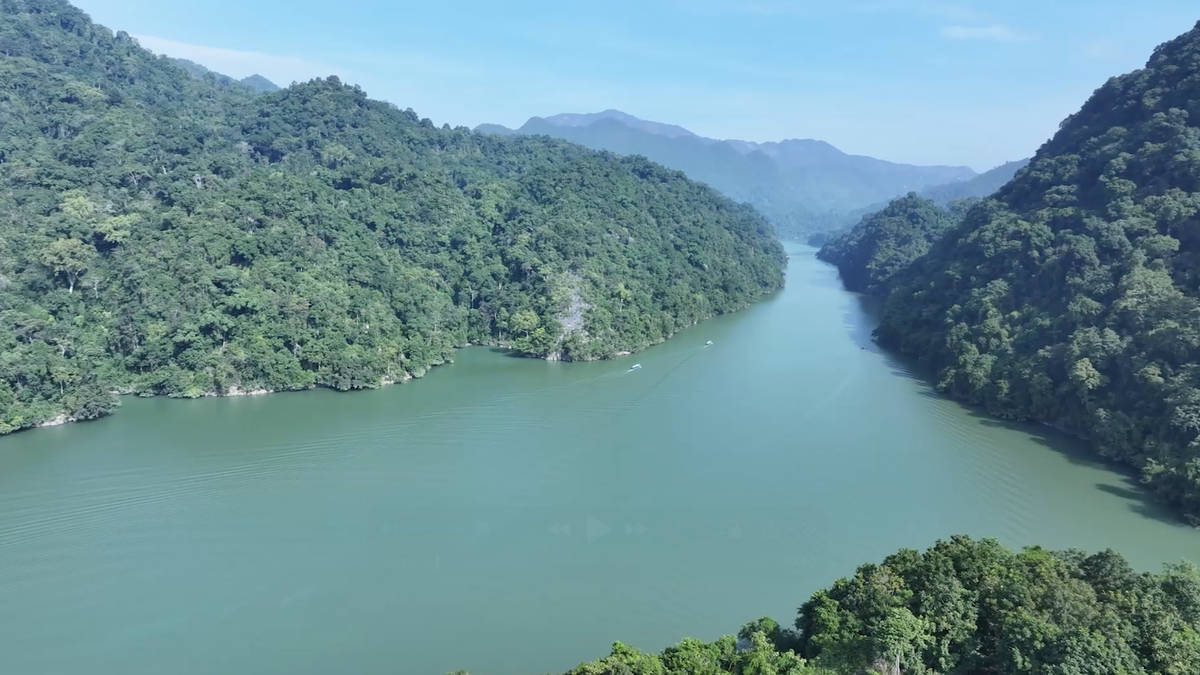
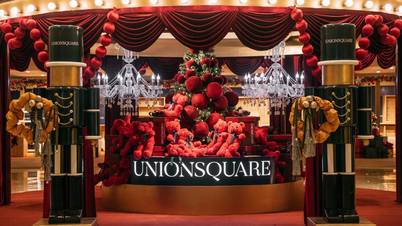
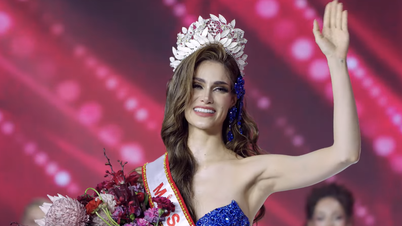
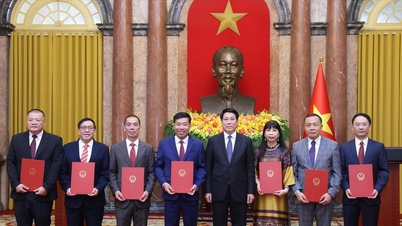

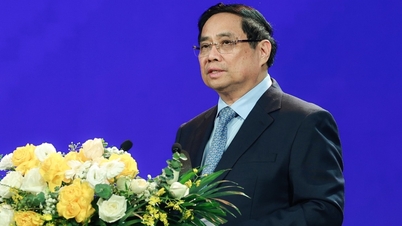






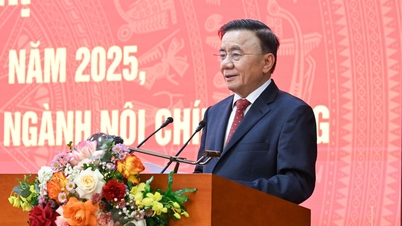




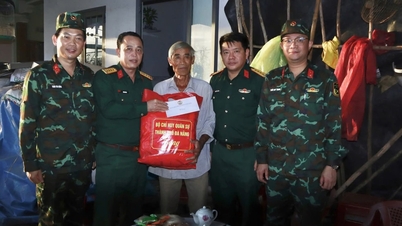

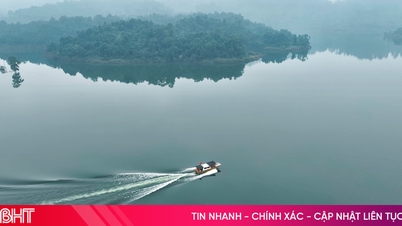

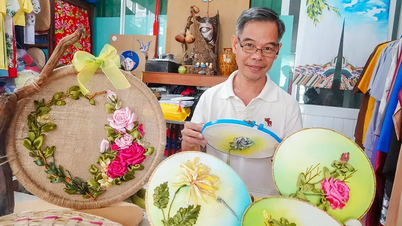

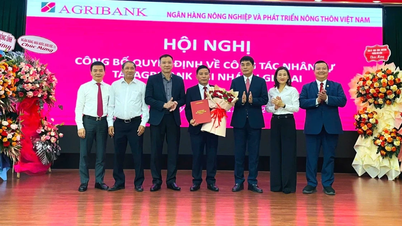

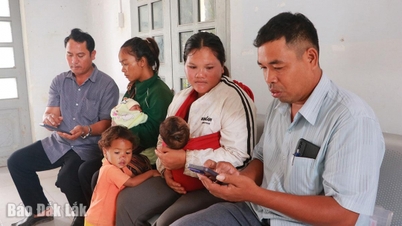

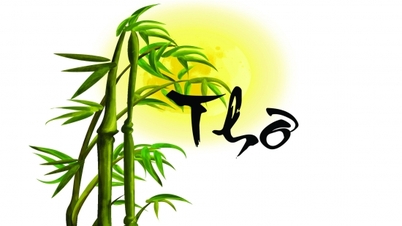




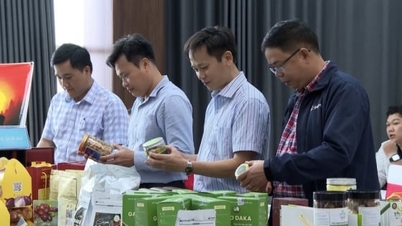






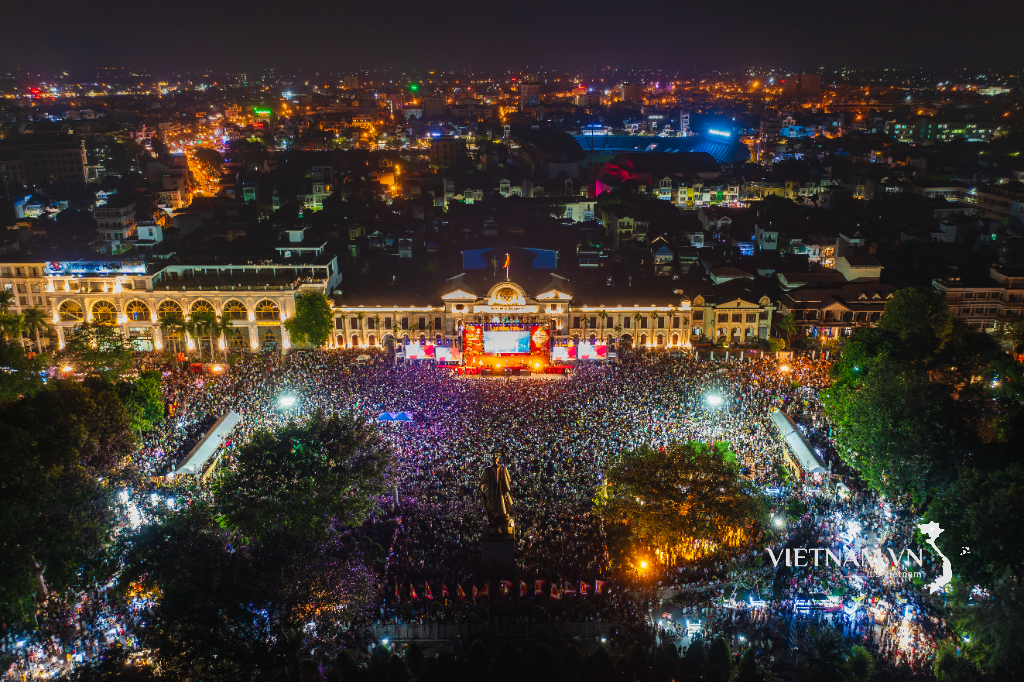


Comment (0)